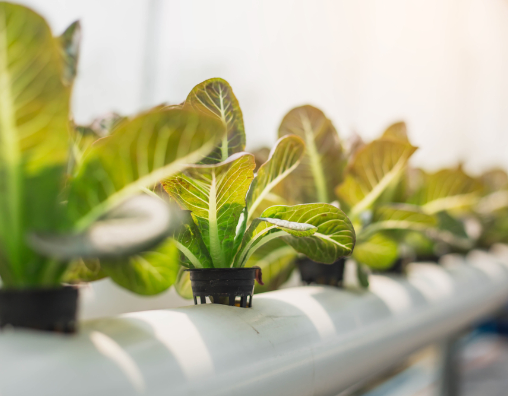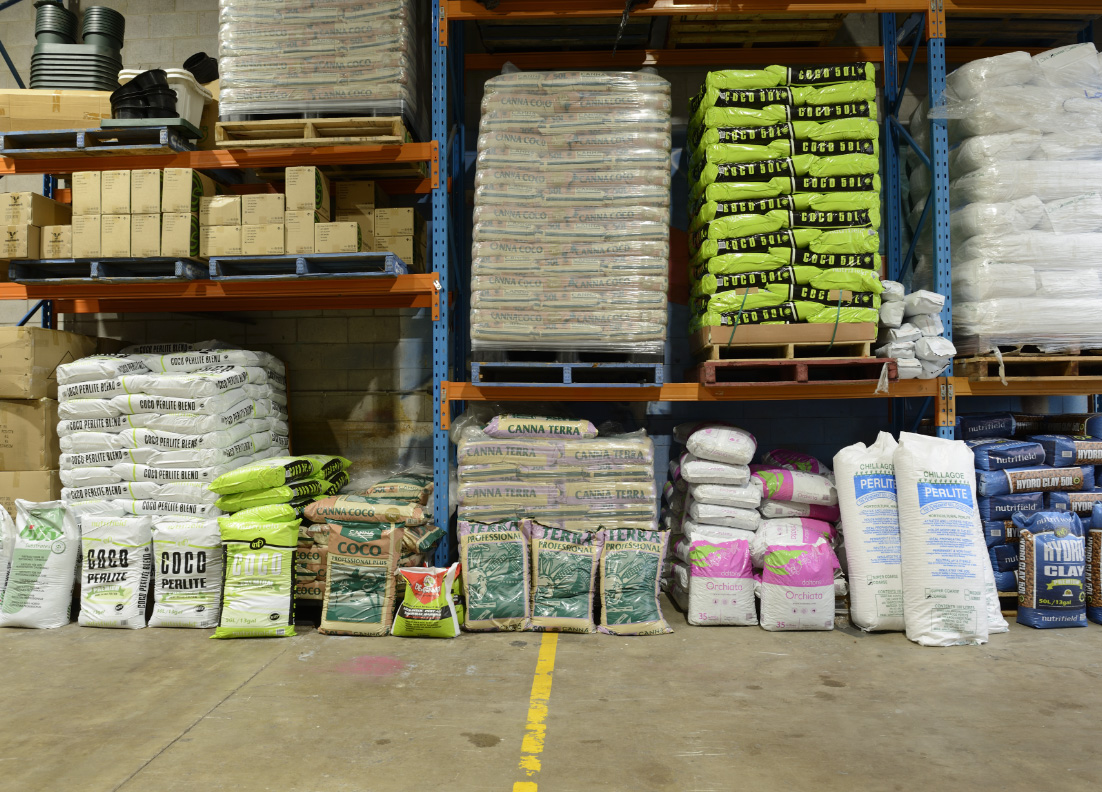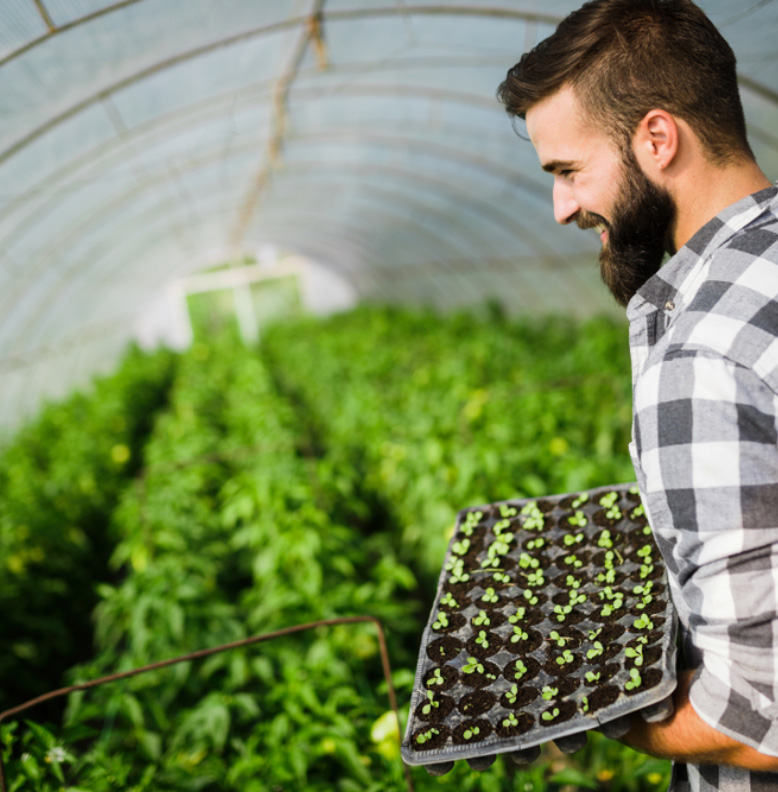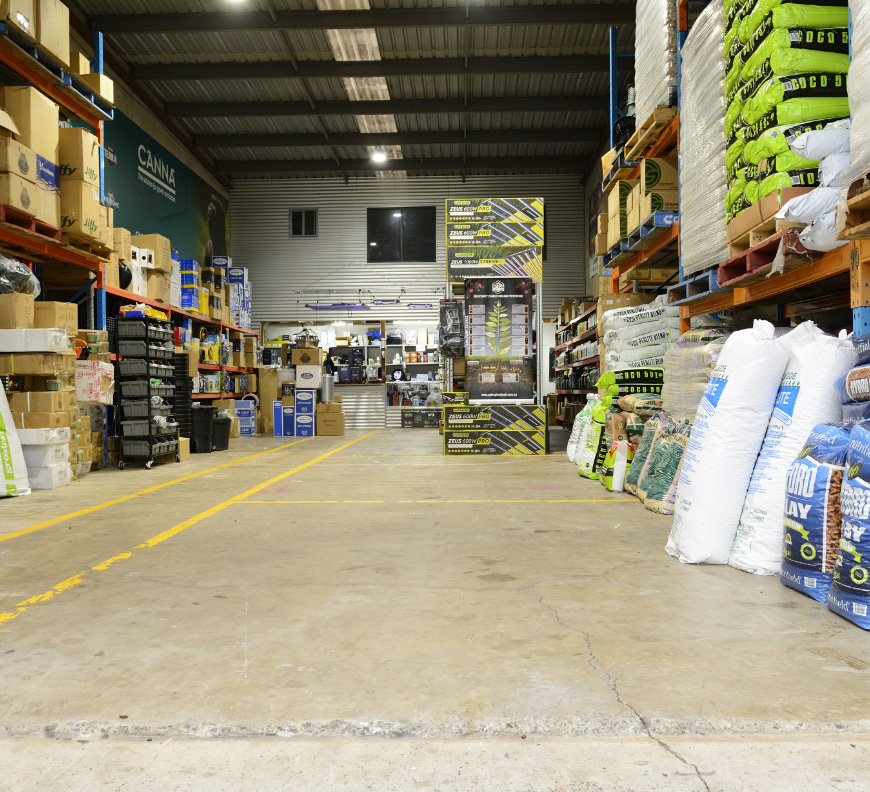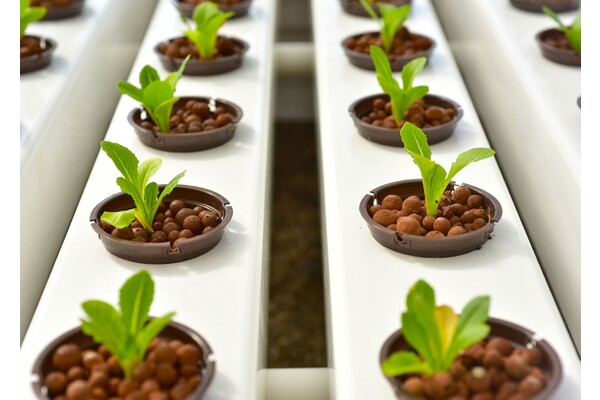Hydroponic Australia: Tips and Tricks in Maintaining pH Balance in Your Hydroponic System
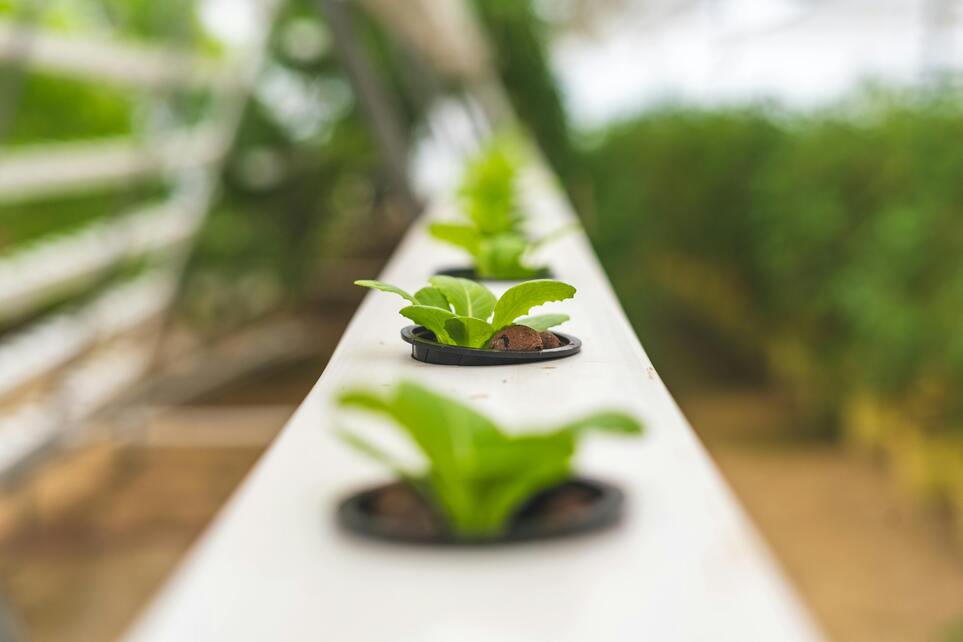
Starting your hydroponic vegetable garden is an exciting venture. Here at Logan Hydroponics, we're all about guiding you through every step to help you grow healthy plants in a soil-less environment. One key element that often puzzles beginners and seasoned gardeners alike is the concept of pH balance in hydroponic systems. You might be asking, "What is pH and why is it so important?" pH stands for 'potential for Hydrogen', and measures the acidity or alkalinity of your water. In hydroponics, maintaining the right pH balance ensures your plants absorb the nutrients they need to grow strong and healthy.
The pH range of your hydroponic system
Ideally, you want to keep the pH between 5.5 and 6.5. This range is the sweet spot where plants can absorb nutrients like nitrogen, phosphorus, and potassium most efficiently. Each type of plant in your hydroponic garden may have its slight preferences, but this range is generally where they all agree. In hydroponics, unlike traditional gardening, plants get their food directly from the water. If the pH drifts too high or too low, certain essential nutrients become less accessible. For instance, at lower pH levels, micronutrients like iron and manganese might become overly abundant, potentially leading to toxicity, while at higher pH levels, vital nutrients like calcium and magnesium could become deficient.
This delicate balance is different from traditional gardening, where soil acts as a buffer for pH changes. It's a continuous process that requires consistent monitoring and adjusting. But don't worry, it's not as daunting as it sounds. With the right hydroponic supplies and equipment, like reliable pH meters, you'll find it's a breeze to keep your hydroponic systems within this ideal range.
What influences the pH level of your hydroponic system?
The most common culprit of varying levels of pH starts with the water you use. Tap water can vary in pH, and even the best quality water might need a bit of tweaking to get it right just for your plants. Then there are the nutrients - the lifeline of your hydroponic plants. When you add hydroponic nutrients to your water, it can shift the pH up or down. It's a delicate balance, and each nutrient mix behaves a little differently.
The environment in which your plants grow can also impact the pH balance. For instance, if you're using a hydroponic grow tent. The controlled conditions inside such as the consistent temperature and humidity may influence how plants consume nutrients, consequently affecting the pH balance of your nutrient solution. Additionally, the natural process of plant growth plays a role. As plants feed, they release various compounds into the water that slightly alter the pH.
In hydroponic gardening, understanding what causes pH fluctuations is key to maintaining balance. Factors such as the source of your water, whether it is tap, distilled, or rainwater can significantly influence your system's pH. Different nutrient solutions also react differently, potentially raising or lowering pH levels. Moreover, as your plants grow and transition through various stages, their nutrient uptake can change, affecting the pH balance. Even environmental factors like temperature shifts and varying light levels can have an impact. Keeping an eye on these variables helps you anticipate and manage pH changes effectively.
Hydroponic supplies and equipment for your hydroponic needs
When it comes to maintaining the perfect pH in your hydroponic system, you'll want to arm yourself with good quality products, like a pH meter and an EC (electrical conductivity) meter. These aren't just fancy gadgets; they are essential tools that help you measure and maintain the perfect environment for growing plants.
A reliable pH meter will become your best friend in hydroponics. It tells you in real time whether your solution is acidic or alkaline. With this handy tool, you can make precise adjustments to your nutrient solution, ensuring it's just right for your plants. When the pH is too high, indicating alkalinity, you'll use a 'pH down' solution to bring it back into the desired range, while if it's too low, showing acidity, a 'pH up' solution will do the trick. The key here is patience and precision. It's about adding these solutions in small increments and retesting the pH after each adjustment. Maintaining the best balance allows your plants to get the optimal nutrient uptake, leading to healthier growth.
For instance, imagine you're growing a batch of lettuce in your hydroponic system. You notice the leaves starting to yellow which is a common sign of a pH imbalance. By quickly checking the pH and adjusting it within the ideal range, you can prevent nutrient lockout and get those lettuce leaves back to their vibrant green.
Additionally, the EC is a little device that measures the salt concentration in your water – an indicator of how many nutrients are in your solution. Knowing the EC level is vital because it helps you understand if your plants are getting the right amount of food. If it's too high, you risk nutrient burn, while if it's too low, your plants may be underfed.
For the more experienced hydroponic gardener, there are advanced strategies to take pH management to the next level. Using buffer solutions can help stabilise your system’s pH, reducing the need for frequent adjustments. Automated pH controllers are also a great investment, continuously monitoring and adjusting pH levels as needed. Additionally, tailoring pH levels to specific types of plants can optimise nutrient uptake and boost growth. For example, while leafy greens might thrive best in a particular pH range, fruiting plants could have slightly different preferences. Understanding these subtle differences and adapting your approach accordingly can lead to a notable improvement in the overall health and abundance of your hydroponic garden.
Troubleshooting common pH issues in hydroponics
Identifying nutrient deficiencies is key to maintaining plant health. Deficiencies often manifest as discoloured or abnormal growth. For example, you may notice yellowing leaves, stunted growth, and weak root systems in your plants, all of which can indicate a lack of essential nutrients.
On the flip side, nutrient toxicities might cause leaf burn, excessively dark green foliage, or a buildup of salts on the surface, indicating your plants are getting too much of certain nutrients. The first step is to always check the pH level and ensure it is consistently within the 5.5 to 6.5 range for optimal nutrient absorption for your plants. If problems persist despite being within the pH range, consider evaluating your nutrient solution concentration. Adjusting the EC (electrical conductivity) levels, which measure the concentration of nutrients in your solution, can often help. A higher EC indicates more nutrients, while a lower EC means fewer nutrients. Finding the right balance is essential for plant health.
Get in touch or visit us for hydroponics supplies
Hydroponic equipment isn't just for professional growers; they're for anyone serious about exploring hydroculture. At Logan Hydroponics, you can visit us in-store or explore our extensive selection online that delivers hydroponics kits Australia-wide.
From good quality pH and EC meters to nutrient solutions and everything in between, we offer an extensive range of hydroponic products at competitive prices so you can start your hydroponics today.
We are more than just a supplier and pride ourselves on providing great service and expert advice. If you have any questions or concerns, don't hesitate to get in touch. Our team is readily available to share professional advice on hydroponic gardening to help you achieve the best results.
Come in and visit or give us a call today.
Frequently asked questions
What is the ideal pH range for my hydroponic system?
The ideal pH range should be between 5.5 and 6.5. This range allows your plants to efficiently absorb essential nutrients like nitrogen, phosphorus, and potassium.
How often should I check the pH level in my hydroponic system?
It's best to check the pH level of your hydroponic system daily. Regular monitoring helps you catch and correct any significant fluctuations early, maintaining the ideal pH balance for your plants.
Can I use tap water for my hydroponic system?
Yes, you can use tap water but be sure to test its pH level first. Tap water can vary in pH, and you may need to adjust it to meet the specific needs of your hydroponic system.
How do I fix the pH level in my hydroponic system if it's too high or too low?
If the pH level is too high (alkaline), use a 'pH down' solution to lower it. If it's too low (acidic), use a 'pH up' solution to raise it. Add these solutions in small increments and retest the pH after each adjustment.


